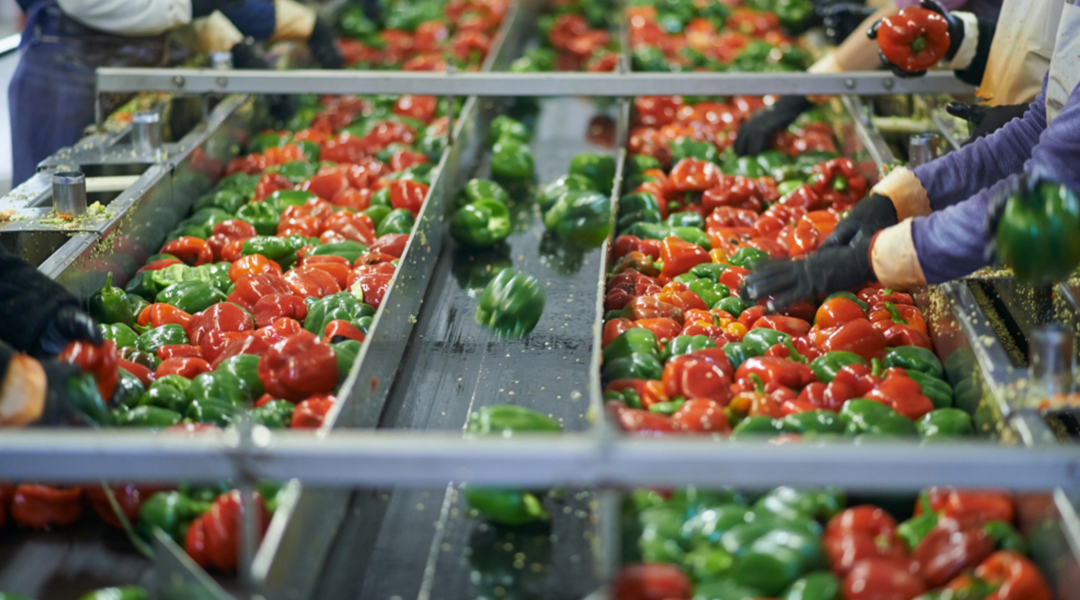In the dynamic world of metal manufacturing and food processing, operational efficiency is crucial. Balancing productivity with cost-effectiveness is a challenge that requires strategic thought and well-planned implementation. As the global focus shifts towards sustainability, energy usage within these sectors becomes a key concern.
The energy consumed by these industries is immense, and any mismanagement can lead to significant financial loss and environmental impact. But what if this energy could be harnessed more effectively? How can businesses optimise their operations while also contributing positively to environmental sustainability?
The potential gains of energy management strategies are undeniable. However, their successful implementation requires a deep understanding of the specific energy needs and challenges of metal manufacturing and food processing equipment. This means recognising the unique energy profile of each machine, understanding how energy usage fluctuates throughout different stages of operation, and identifying potential inefficiencies and areas for improvement.
With the right strategies and commitment, it’s possible to unlock significant energy savings and productivity gains while also mitigating environmental impact. This is the future of metal manufacturing and food processing—a future where operational efficiency and sustainability go hand in hand.
Harnessing the Power of Energy Efficiency in Food Processing Industries
Part 1: Measuring and Monitoring Energy Consumption
The foundation of any effective energy management strategy is understanding and monitoring the energy consumption of your machinery and equipment. By accurately measuring your current energy usage, you can identify inefficiencies and opportunities for improvement. To successfully measure and monitor energy consumption, consider the following steps:
- 1. Conduct an energy audit: Perform a comprehensive assessment of your equipment and processes to determine current energy consumption levels, analyse inefficiencies, and uncover potential areas for improvement.
- 2. Set up energy monitoring systems: Implement advanced monitoring systems, such as energy management software or sub-metering devices, to continuously track your energy usage and performance.
- 3. Establish key performance indicators (KPIs): Develop relevant KPIs to measure your energy efficiency (e.g., energy consumed per unit of production) and track progress towards your improvement goals.
Part 2: Setting Goals and Targets for Energy Efficiency
After measuring and monitoring your energy consumption, the next step in developing an energy management strategy is to set specific, achievable goals and targets for improvement. These goals will guide your energy efficiency efforts and motivate your team to strive for better performance continuously. When setting energy efficiency goals:
- Align your goals with industry benchmarks and best practices
- Consider long-term business objectives and sustainability targets
- Set goals that are SMART (Specific, Measurable, Achievable, Relevant, and Time-bound)
- Communicate these goals clearly to your team to foster engagement and commitment
Part 3: Implementing Efficiency-Enhancing Technology and Practices
With goals and targets established, you can focus on implementing efficiency-enhancing technology and practices to reduce energy consumption. Some strategies to consider include:
- Upgrading to energy-efficient machinery and equipment: Invest in modern, high-efficiency equipment, and consider retrofitting existing machines with energy-saving technology, such as variable frequency drives (VFDs) or energy-efficient lighting.
- Optimal equipment maintenance: Regular preventative maintenance and timely repair of malfunctioning components can ensure optimal energy efficiency and prevent wasteful energy consumption.
- Automation and energy-saving features: Implementing automation and energy-saving features, such as idle-time reductions or sleep mode activation during nonproductive periods, can significantly reduce energy usage.
- Employee training and awareness: Educate your team on best practices for energy-efficient operations, and encourage proactive identification and reporting of energy waste or optimisation opportunities.
Part 4: Evaluating and Refining Your Energy Management Strategy
Continuous evaluation and refinement are crucial to maintaining the success of your energy management strategy. As you implement efficiency-enhancing measures, stay vigilant in tracking your progress and identifying areas for further improvement. Key strategies for evaluating and refining your energy management strategy include:
- Regularly reviewing performance data and metrics to assess the effectiveness of your efficiency measures
- Conducting periodic energy audits to reassess your equipment and processes
- Seeking feedback from your maintenance team, operators, and other stakeholders to identify potential improvements
- Adopting a culture of continuous improvement and regularly reassessing your energy efficiency goals and targets
Optimal Energy Management for Long-Term Business Success
The journey towards energy efficiency is a continuous one, and businesses must stay abreast of the latest technologies and practices in order to maintain competitiveness and sustainability in the long run. In summary, maximising operational efficiency with energy management strategies is a win-win situation for businesses, the environment, and society at large.
To learn more about how Meng Solutions can assist in implementing energy management strategies tailored to your unique operational needs, do not hesitate to reach out for a consultation. Don’t let energy inefficiency hinder your business’s potential—invest in proactive energy management with our machinery servicing and engineering solutions for a competitive advantage in today’s resource-conscious industrial environment.




